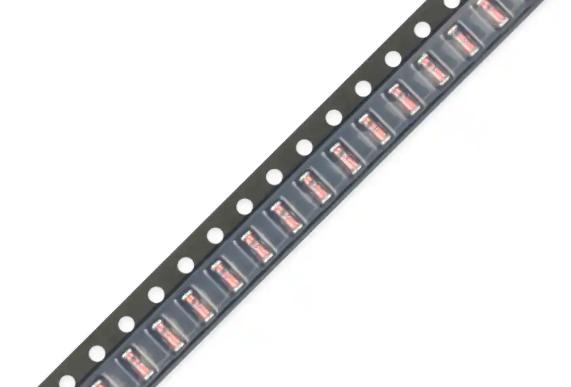
01
08
42
01
09
33
01
07
27
01
09
30
11
28
33




